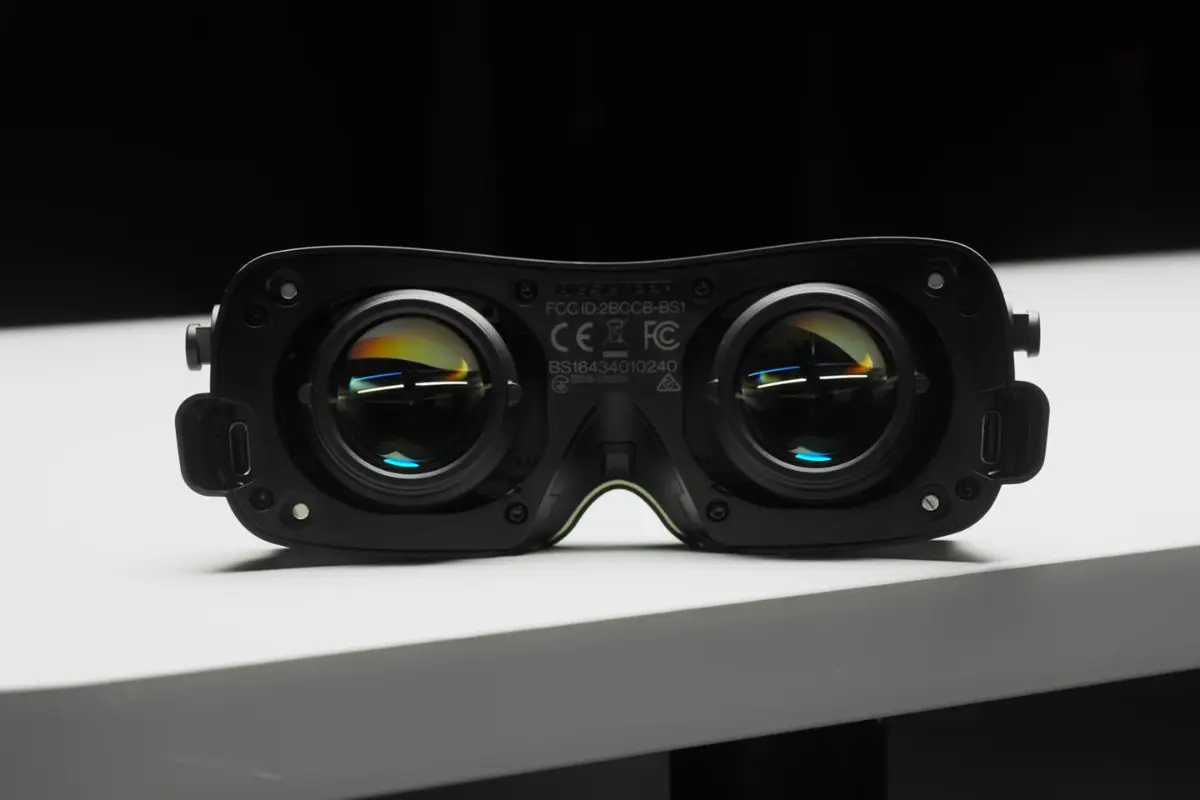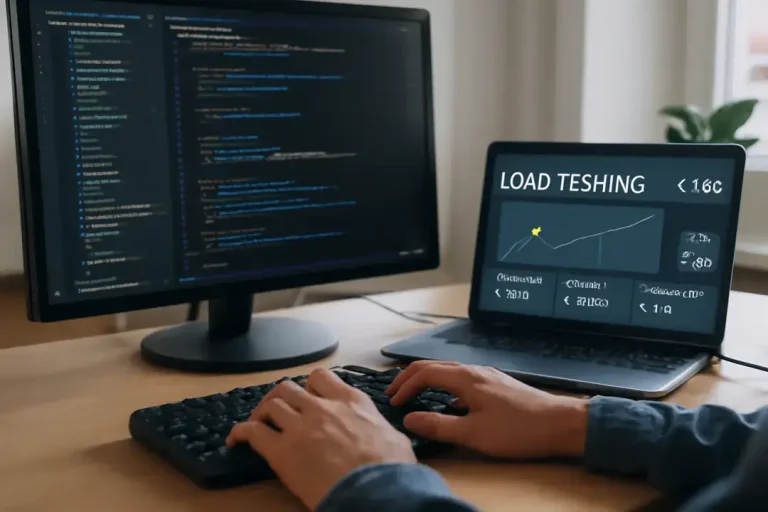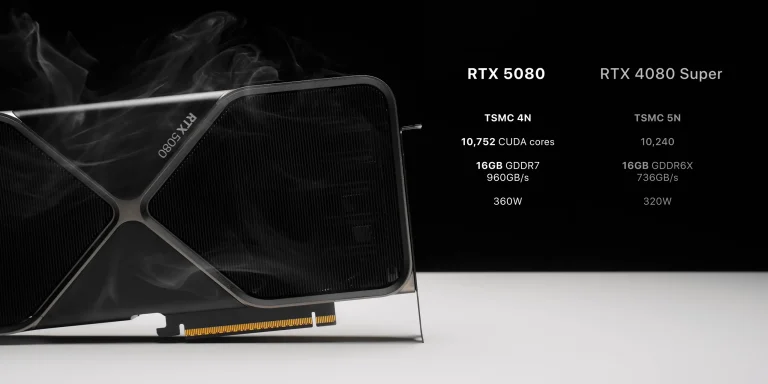Exploring the Bigscreen Beyond VR: The Ultimate Sim Racing Experience
Sim racing enthusiasts are constantly on the lookout for the most immersive setups to enhance their driving experience. From triple-screen setups to high-end steering wheels, the goal is always the same: to simulate the thrill of real-world racing as accurately as possible.
Recently, VR has emerged as a strong contender in this space, offering a level of immersion that traditional monitors simply can’t match. Enter the Bigscreen Beyond VR headset—a premium, compact device that promises to take your sim racing experience to the next level. But does it live up to the hype?
The Bigscreen Beyond VR: A Game Changer in Size and Performance
The Bigscreen Beyond VR is a $1,000 USD headset that stands out not only for its high price but also for its incredibly compact design. Weighing in at a fraction of the size of more common VR headsets like the Quest 3, the Bigscreen Beyond is remarkably lightweight and small.
This tiny form factor is paired with a custom 3D-printed face cushion that ensures a perfect fit, tailored specifically to each user through a face scan submitted during the ordering process. The result is a headset that’s comfortable to wear, even during extended gaming sessions.
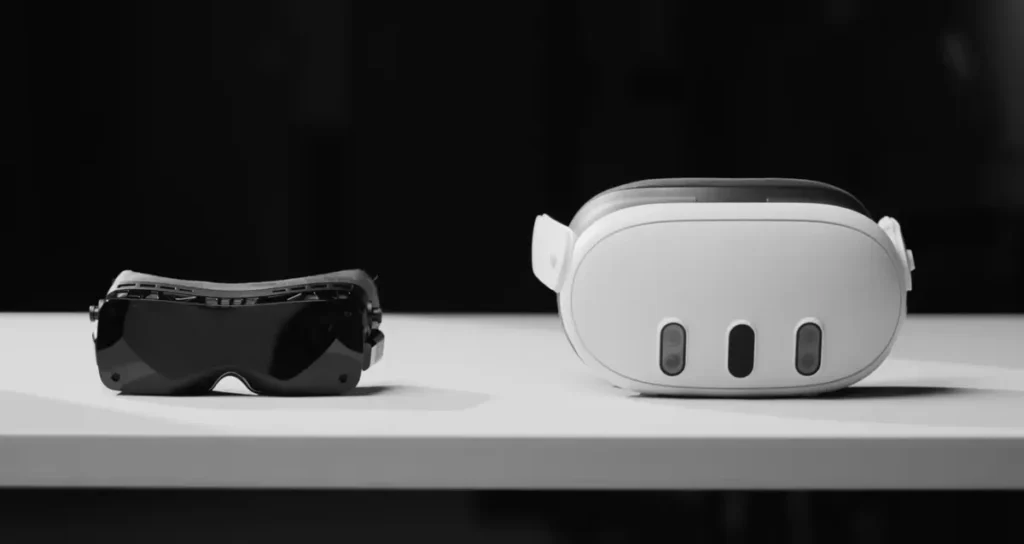
However, the compact design does come with trade-offs. Unlike the Quest 3, the Bigscreen Beyond lacks front-facing sensors for head tracking, requiring users to rely on external tracking solutions like the SteamVR base stations. It also doesn’t offer video passthrough, which can make transitioning between VR and desktop use a bit more cumbersome.
First Impressions: Immersive Beyond Expectations
From the moment you don the Bigscreen Beyond headset and fire up your favorite racing sim, the level of immersion is nothing short of breathtaking. The OLED displays, boasting a resolution of 2560 x 2560 pixels per eye, deliver stunning visuals with vibrant colors and deep contrasts. Sitting in the virtual cockpit of a high-resolution car model, the experience feels so real that you might find yourself reaching out to touch the dashboard, forgetting for a moment that it’s all virtual.
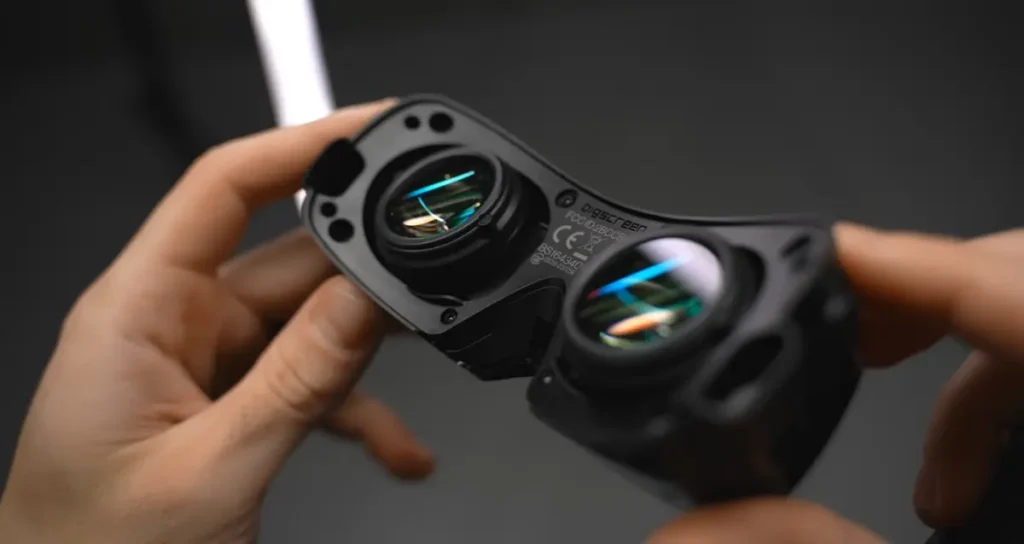
The headset’s high level of detail and clarity makes even the smallest elements in the game world pop, from the reflections on the car’s mirrors to the changing glare of sunlight as you tilt your head. This realism is further enhanced by the headset’s ability to track subtle head movements, allowing you to look around the cockpit as if you were in a real car. The experience is so convincing that you might even feel physical sensations like the drop in your stomach during steep elevation changes or tight corners—despite the fact that your racing rig is stationary.
The VR vs. Triple-Screen Debate: A Clear Winner?
After spending several days racing with the Bigscreen Beyond, the differences between VR and traditional screen setups became increasingly apparent. While triple-screen setups offer impressive visual coverage and are a staple in the sim racing community, VR takes immersion to a whole new level. The ability to naturally look into corners, gauge braking points, and feel the track’s nuances in three-dimensional space makes VR an appealing choice for those seeking a more authentic driving experience.
The compact size of the VR setup is also a significant advantage. Unlike the bulky triple-screen rigs that dominate a room, the Bigscreen Beyond headset offers a minimal footprint, making it ideal for those with limited space. Moreover, the cost of a premium VR setup like the Bigscreen Beyond is still considerably lower than a high-end triple-screen array, making it a more accessible option for many racers.
The Quest 3 Comparison: A Worthy Alternative?
For those not ready to invest $1,000 in a VR headset, the Quest 3 presents a compelling alternative at half the price. While it’s larger and heavier than the Bigscreen Beyond, the Quest 3 still offers a comfortable and immersive experience. Its adjustable IPD (interpupillary distance) and better lens clarity provide a solid viewing experience, especially in menus and virtual desktops. However, the Quest 3’s displays, while good, don’t quite match the Bigscreen Beyond’s OLED panels in terms of detail and contrast.
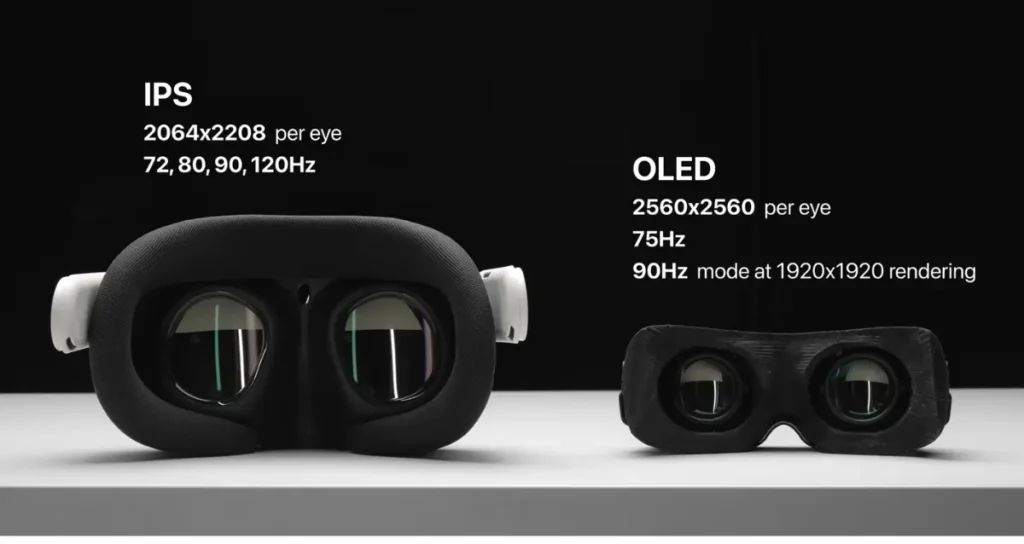
One area where the Quest 3 falls short is its reliance on a USB connection for PC gaming, which introduces some compression artifacts when running at higher refresh rates like 120Hz. For sim racing, where detail and smoothness are paramount, this can be a drawback. The Bigscreen Beyond, with its direct DisplayPort connection, avoids this issue entirely, delivering a crisper and more responsive image.
VR Racing: A New Standard?
For casual sim racers or those looking for the most immersive experience possible, VR is hard to beat. The ability to feel the track in a way that screens can’t replicate adds a new dimension to racing, making it easier to judge distances, react to turns, and feel connected to the car. However, it’s worth noting that not all sim racers are ready to make the switch. Many still prefer the simplicity and comfort of monitors, especially for extended sessions.
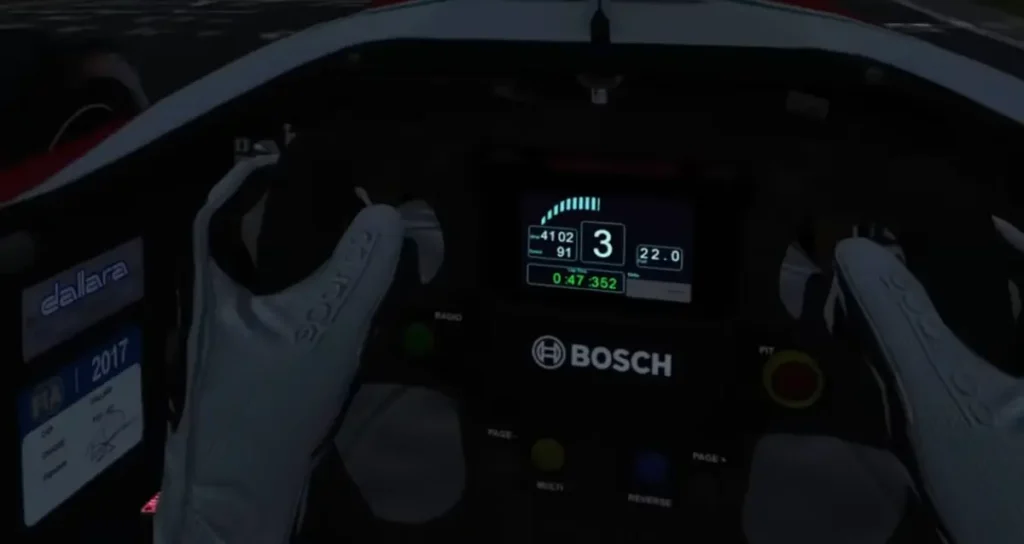
The Bigscreen Beyond is a significant leap forward in VR technology, offering an unmatched combination of comfort, visual quality, and immersion. Yet, it’s not without its flaws. The fixed IPD might not work perfectly for everyone, and the headset’s limited field of view (FOV) at 102 degrees can feel restrictive compared to other VR options. There’s also the issue of glare on the lenses, which, while not a dealbreaker, is a noticeable flaw in an otherwise stellar device.
Conclusion: The Future of Sim Racing?
After weeks of testing, it’s clear that VR—especially with a headset like the Bigscreen Beyond—offers an unparalleled sim racing experience. While traditional screen setups still have their place, particularly for those who prioritize comfort or extended play sessions, VR delivers a level of immersion that’s simply unmatched. Whether you choose the premium Bigscreen Beyond or the more budget-friendly Quest 3, VR is set to become the new standard for sim racing enthusiasts who crave realism and immersion.
For those who’ve been on the fence about trying VR for sim racing, now is the time to take the plunge. The technology has reached a point where it not only matches but surpasses many traditional setups, offering a deeply engaging and incredibly realistic driving experience. As the VR landscape continues to evolve, it will be exciting to see how it shapes the future of sim racing and beyond.
FURTHER READING

